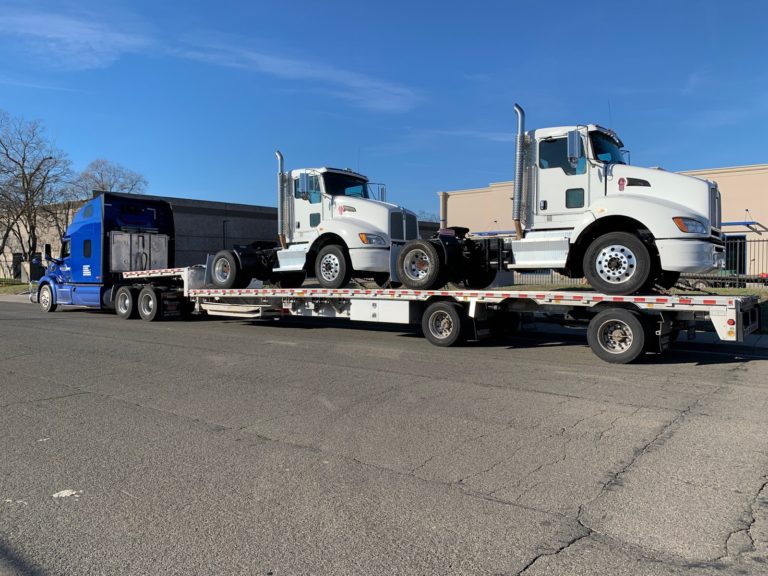nov. . 26, 2024 21:39 Back to list
Fifth Wheel Tug Test Procedure for Efficient Trailer Service and Maintenance
Understanding the Tug Test for 5th Wheel Services
The tug test is a critical procedure in the realm of 5th wheel services, primarily used in the trucking and trailer industries. With the increasing reliance on heavy-duty vehicles for transportation of goods across vast distances, ensuring the reliability and functionality of trailer connections becomes paramount. The tug test serves as a preventative measure to confirm that the trailer is securely coupled to the fifth wheel hitch, which is essential for safe transportation and operation.
What is a 5th Wheel Hitch?
A 5th wheel hitch is a device mounted in the bed of a truck that connects to the kingpin of a semi-trailer. This connection allows for greater stability, making it ideal for heavy loads commonly transported in freight industries. The design of the 5th wheel allows for more maneuverability and a lower center of gravity compared to traditional ball hitches, which is crucial for maintaining balance during transport.
The Importance of the Tug Test
The primary objective of the tug test is to prevent coupling issues that could lead to accidents or equipment damage. When a trailer is not securely attached to the truck, it can detach while in motion, causing catastrophic incidents that endanger the driver, other road users, and the cargo being transported. Therefore, conducting a tug test before departure is a best practice that contributes significantly to road safety.
How is the Tug Test Conducted?
To perform a tug test, follow these systematic steps
1. Inspection Before Connection Before you even connect the trailer to the 5th wheel hitch, visually inspect both the hitch and the kingpin for any signs of wear, rust, or damage. Ensure that the hitch is properly lubricated to facilitate smooth engagement.
tug test 5th wheel service

2. Proper Coupling Align the tractor with the trailer, lowering the 5th wheel onto the kingpin. Ensure that it locks into place securely. You should hear a distinct click sound when the hitch engages correctly.
3. Engagement Check After securing the connection, pull on the trailer slightly. This mild tug is essential for confirming that the kingpin is fully seated in the hitch. If it comes loose at this point, it indicates a need for immediate reassessment of the coupling process.
4. Visual Confirmation Walk around to inspect the hitch and kingpin connection visually. Check for any gaps and ensure that the locking mechanism is engaged and visible.
5. The Final Tug Finally, perform a pulling test by accelerating the truck slightly forward while in gear. The trailer should remain in place without any movement. If it shifts or appears to disengage, stop immediately and recheck the connections.
Additional Safety Measures
Besides the tug test, drivers and operators should employ additional measures to ensure safety and reliability. Regular maintenance of both the truck and trailer is essential. This includes checking the condition of the tires, brakes, and electrical connections. Keeping an eye on the wear and tear of the components will prolong their lifespan and enhance safety on the road.
Additionally, educating drivers about proper coupling and un-coupling techniques can further minimize risks. Awareness of loading procedures and weight distribution plays a crucial role in the overall safety of transporting heavy loads.
Conclusion
The tug test is a straightforward yet vital practice in the 5th wheel service industry. By diligently performing this test, drivers can confidently ensure that their trailers are securely connected, thereby reducing the likelihood of accidents on the road. A culture of safety, reinforced by regular checks and maintenance, will contribute significantly to the efficiency and safety of heavy-duty transport operations. Ultimately, investing time in these preventative measures saves lives and protects valuable cargo. Thus, the tug test is not just a procedural formality; it is an indispensable part of safe trucking operations.
-
Air Suspension Series: AI-Optimized Comfort & Performance
NewsAug.04,2025
-
JOST TAPE Fifth Wheel 37C Repair Kits-Durable Trailer Parts&Easy Installation
NewsAug.03,2025
-
JOST TAPE Fifth Wheel 37C Repair Kits - Shijiazhuang Land Auto Component Ltd. | Durability, Compatibility, Easy Installation
NewsAug.03,2025
-
JOST TAPE Fifth Wheel 37C Repair Kits - Shijiazhuang Land Auto Component Ltd.|Precision Engineering,Durable Trailer Parts
NewsAug.03,2025
-
Heavy Duty 5th Wheel Bumper Kits for Secure Towing
NewsAug.03,2025
-
JOST TAPE Fifth Wheel 37C Repair Kits - Shijiazhuang Land Auto Component Ltd.|Durability&Compatibility
NewsAug.02,2025
